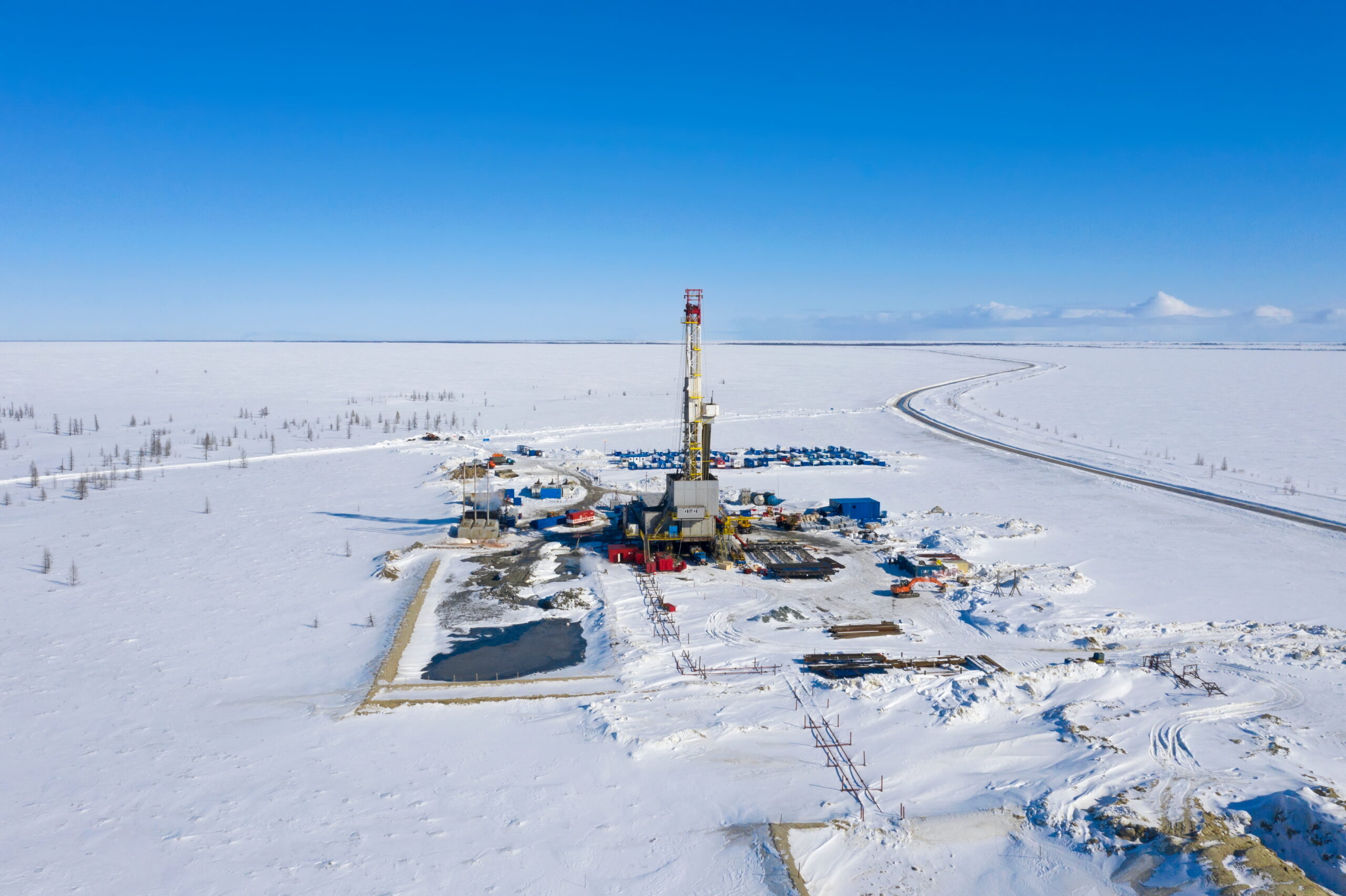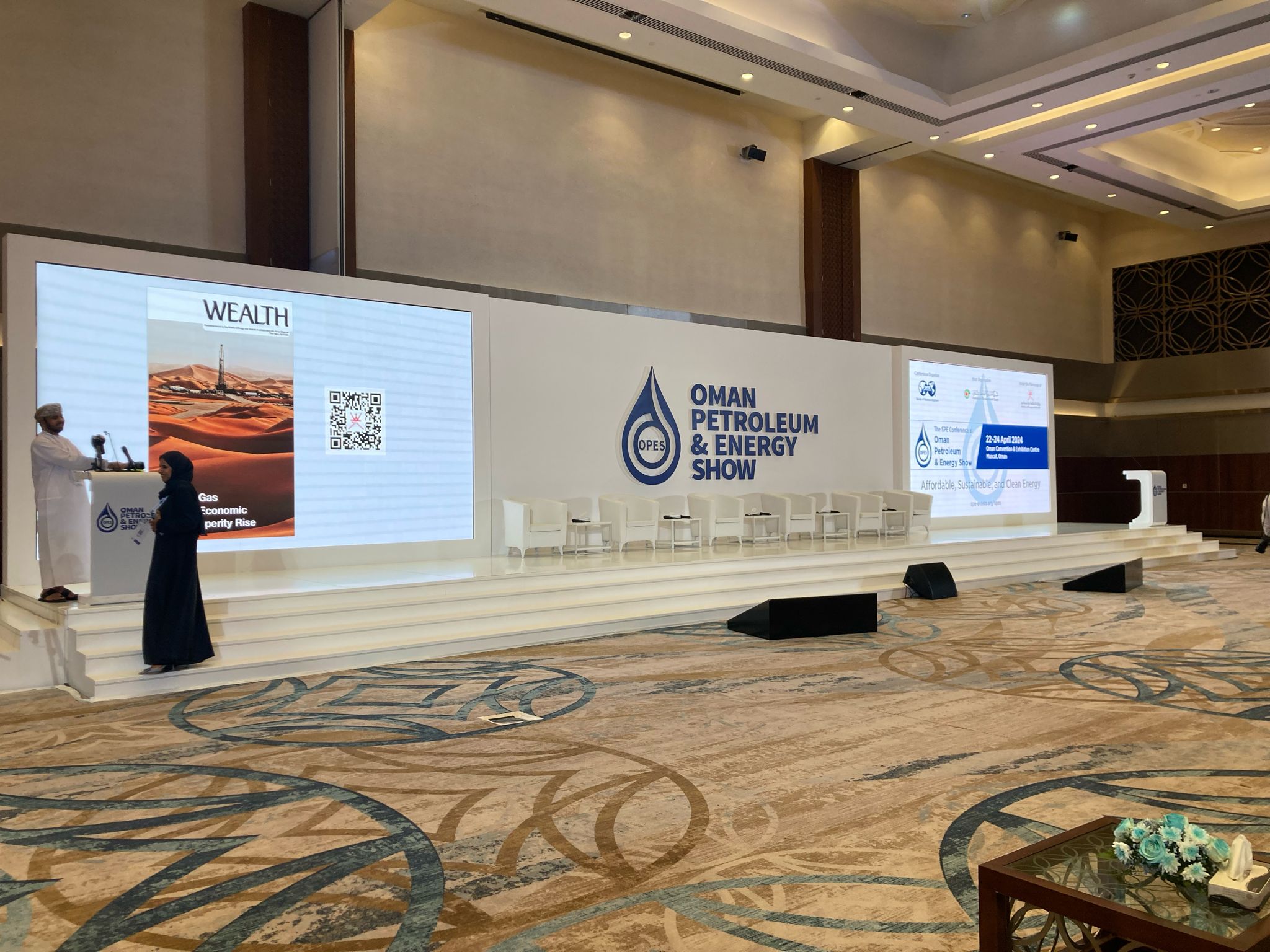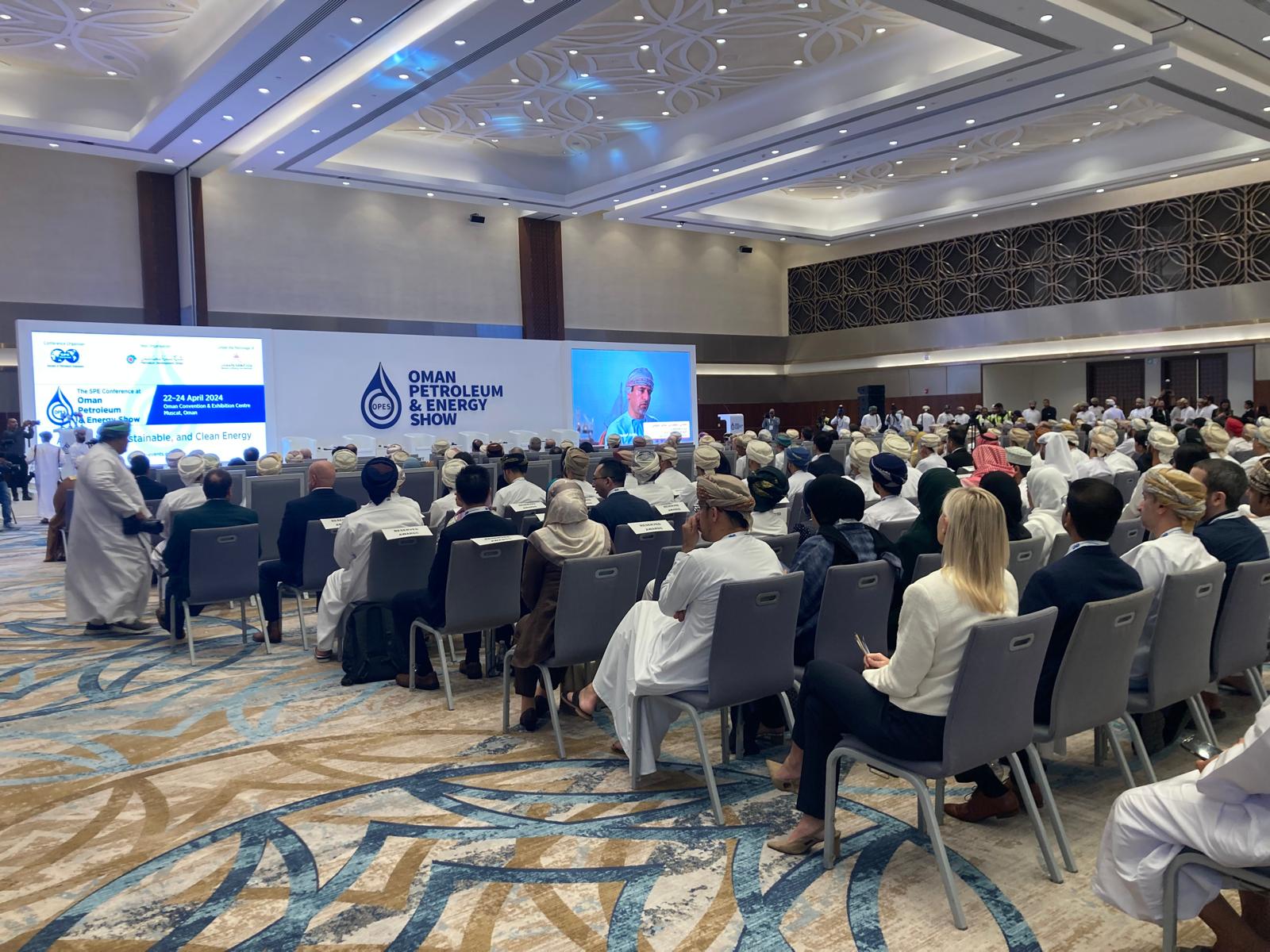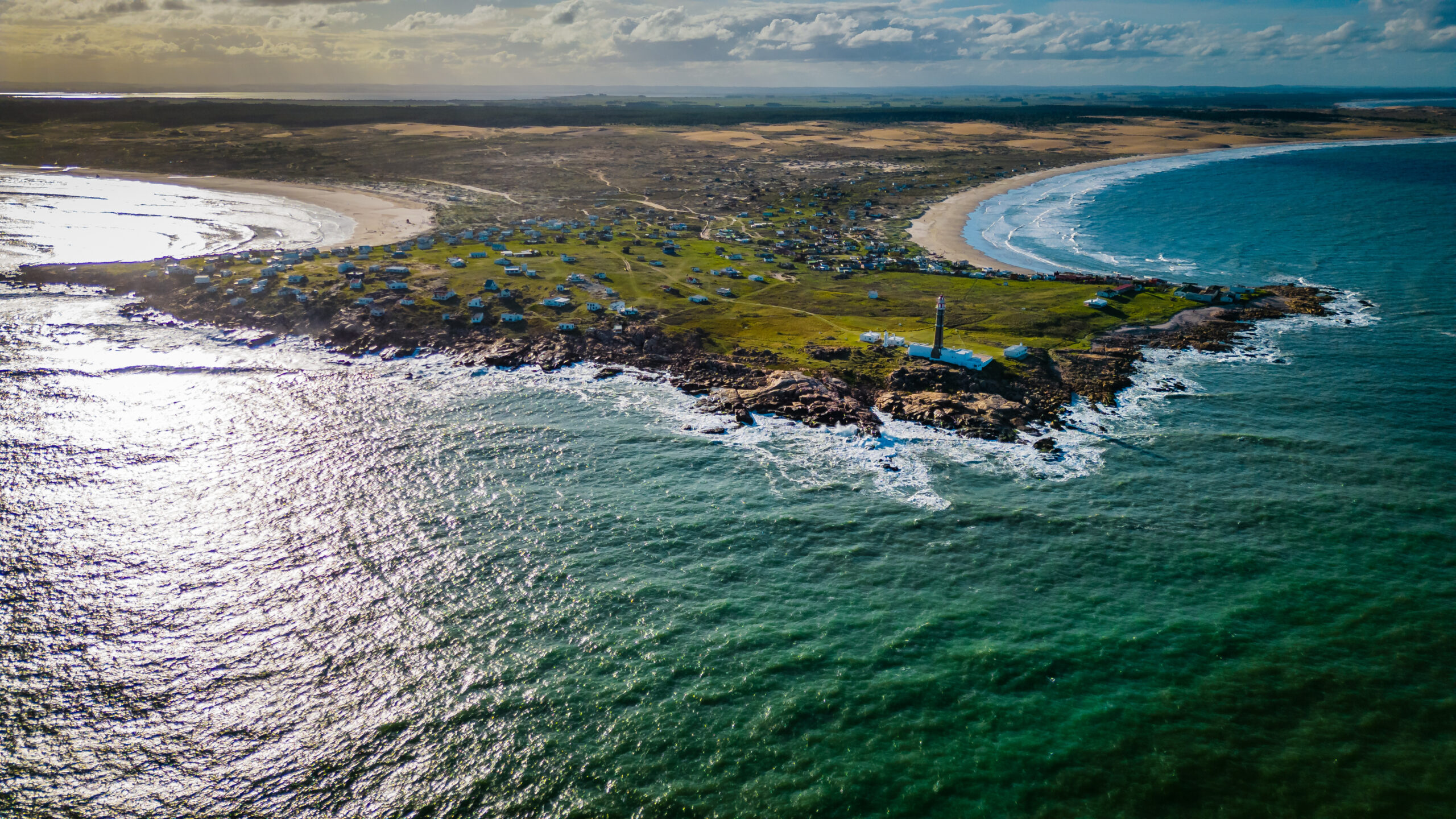Norwegian oil and gas takes hit as Wisting stalls
Equinor is putting the Wisting oil project on hold amid rising costs, raising questions over the future of similar Norwegian oil and gas projects in the Arctic.

Environmentalists are hopeful that plans to produce oil from the controversial Wisting field in the Norwegian Arctic will be permanently shelved after its developer Equinor announced it was putting the oil project on hold amid rising costs.
Equinor and partners AkerBP (35%) Petoro (20%) and INPEX Idemitsu Norge (10%) said on November 9 that they were postponing to 2026 the investment decision to develop the Wisting oil field, which was due in December this year, citing “a cost increase due to increased global inflation and cost growth in the supply industry nationally and internationally.”
The updated investment estimate for the project had soared to 104 billion crowns (around $10 billion) from 60-75 billion crowns previously estimated.
While the company said it will continue to progress the project with a view to reducing costs and improving its profitability, it is now “very unlikely that Wisting will ever be built,” Andreas Randøy, Energy Campaigner at Greenpeace in Norway, told Gas Outlook.
Opposition to Norwegian oil and gas
Aside from financial and supply chain drivers, commentators are seeing the worsening political landscape for new fossil fuel projects as one further reason for the decision.
“Equinor has known about the increasing prices for a long time,” Randøy said.
While rising costs “have had an impact on Equinor’s decision, this isn’t the whole story either…The broad movement of people resisting Wisting has clearly made an impact,” he said.
“People have protested against Wisting all over the country because it would increase emissions dramatically, put vulnerable nature in danger, and increase power prices locally, without creating any new jobs,” he added.
Moreover “Wisting’s environmental impact assessment received wide and harsh criticism, both from civil society and [the] government environmental agencies,” leading to the company issuing a new impact assessment, he said.
The assessment “was deemed inadequate by both government and non-government experts” thus leading to a risk that the project would not be greenlighted, he stressed.
Frederic Hauge, founder and president of Norway-based think tank Bellona told Gas Outlook that the Wisting plans are “under great political pressure, due to climate but also because this field is located in valuable areas, where a possible accident would be very difficult to handle due to the difficult geological conditions.”
The postponement “is an admission that this area is very demanding in terms of security due to the geological conditions.”
Moreover, the price estimate increase “is due to high pressure on the supplier industry, among other things, as a result of the very favourable oil tax package that the Norwegian government introduced in connection with Covid,” he said, adding that material costs have also increased due to the Ukraine conflict.
“We are certain that Equinor’s reckless plans for Wisting will never be realized,” said Truls Gulowsen, leader of Friends of the Earth Norway.
“The time to build new oil fields has passed…This should be the start of Equinor moving away from destructive projects all over the world, like Rosenbank in the UK and Bay du Nord in Canada, and the first step towards a just transition in Norway,” he added in a statement.
Norwegian oil and gas investments
By size of reserves, Wisting “could have become the largest single Norwegian oil asset approved by the government this decade, whose climate impact could have been three times greater than that of the now-paused Cambo oil field proposed in the UK,” according to advocacy group Oil Change International (OCI).
The Wisting oil field was discovered by OMV in 2013. It is located in the Hoop area in the Barents Sea, some 310 km north of Hammerfest.
The field would be the world’s northernmost, and the fourth fossil fuel development in the Norwegian Arctic.
“We understand that there are divided opinions about the Wisting project,” however this decision “has been made on a commercial basis and the evaluation of our recently updated investment basis for the project” a spokesman for Equinor reiterated.
“The maturation of the project continues, aiming for an investment decision by end of 2026,” he told Gas Outlook.
Meanwhile, Norwegian oil and gas investments are set to stand at 175.3 billion Norwegian crowns ($17.50 billion) in 2022, up from a forecast of 172.8 billion made in August, according to a national statistics office (SSB) survey.
Investments for 2023 are forecast at 149.7 billion crowns, up from a previous forecast of 135.3 billion, with the figure expected to further increase as companies plan to approve more projects by the end of this year, in order to take advantage of temporary tax incentives to the sector which are due to expire at the end of the year.



